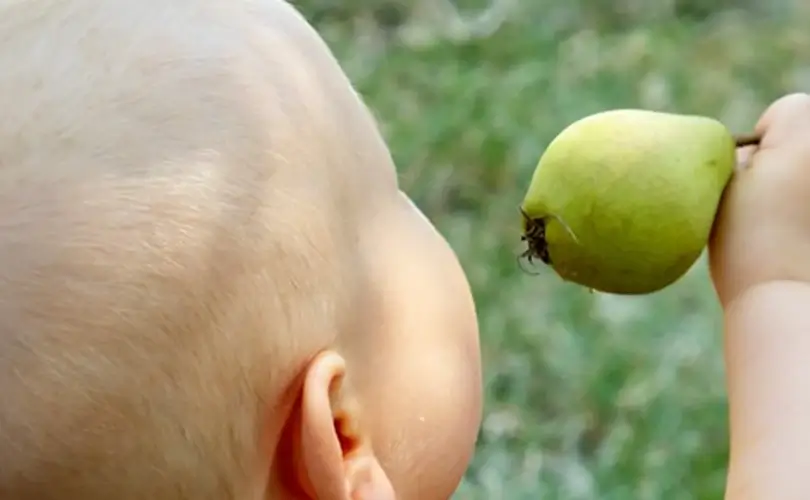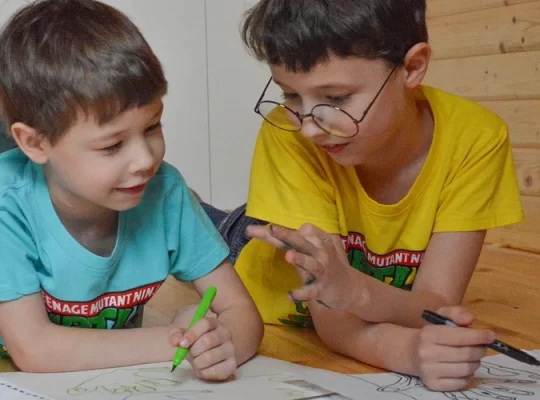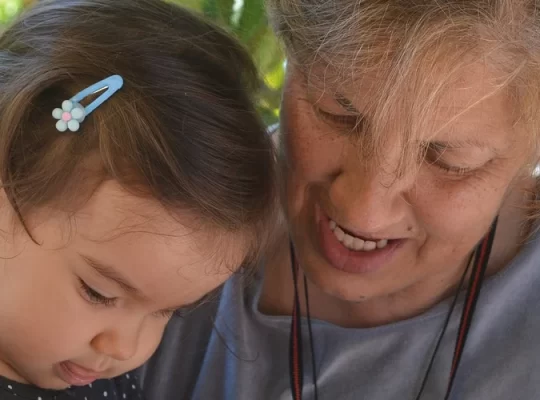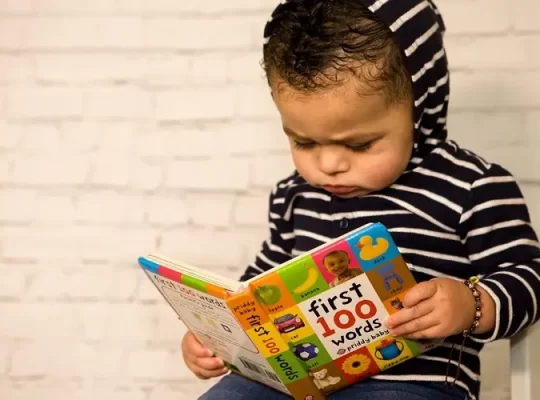Jean Piaget says that there are four stages of brain growth. The first is the sensorimotor stage. It is when babies and children use their senses and bodies to learn about the world around them. The sensorimotor stage starts when a baby is born and lasts until age two. The sensory stage has different parts.
Piaget Broke the Sensorimotor Stage into Six Smaller Stages
Reflexes (from birth to one month): During this time, babies are born with instincts like sucking, grabbing, and rooting. They use these reactions to move around the world.
Stage 2: Primary circle responses (one to four months): During this time, babies repeatedly start doing things they like. For example, a baby might often keep sucking their thumb or banging their hands on a table.
Stage 3: Secondary circle responses (4–8 months): During this time, babies start to repeat actions that give them exciting results on purpose. A baby might drop a toy over and over again to see how it falls.
Stage 4: Coordinating backup plans (eight to twelve months): During this stage, babies start to use more than one plan simultaneously. For instance, a baby might throw a toy on the table, pick it up, and then suck on it.
Stage 5: Tertiary circle responses (12–18 months): During this time, babies start to get more involved in exploring their surroundings. They might try dropping a toy in different places to see what happens or stack blocks to see how many they can get on top of each other.
Stage 6: Plans are put into place (18–24 months): During this time, babies start to form mental pictures of things and events. Now, they can think about things that aren’t there and use what’s in their minds to solve problems.
Ideas that are important to the sensorimotor stage. To understand the sensorimotor stage, knowing a few key ideas is important. These things are:
Assimilation is taking in new knowledge and fitting it into the models you already have.
This is the process of changing current models to fit in new information.
Object permanence is the idea that things continue to exist even when we can’t see them.
Schemas are mental pictures of things and things that happen.
Deferred copying is the ability to do something you have seen someone else do before.
The sensorimotor stage is essential to development because it’s when babies and children lay the groundwork for their later thinking skills.
For example, words and abstract thoughts can only grow if they learn that things stay the same over time. Schemas are also important for learning how to solve problems in the future.
How to Help the Stage of Sensory Development
Parents and other caregivers can help with the sensory stage in a number of ways. These things are:
Creating a stimulating atmosphere means allowing babies and children to explore and connect with their surroundings. This could mean giving them toys, books, and other things that help them learn to use their eyes and bodies.
Regularly talking to and playing with babies and children. This means asking them questions, talking, and playing with them. This helps them learn how to talk, solve problems, and get along with other people.
Encourage babies and toddlers to explore their surroundings. This means allowing them to move around and try out new things. This helps them learn more about the world and get better at fixing problems.
The sensorimotor stage is a significant part of a person’s mind development. During this time, babies and toddlers use their feelings and bodies to learn about the world. They learn things like object stability, schemas, and delayed copying, which are all important ways of thinking.
Parents and other caregivers can help babies and toddlers through the sensorimotor stage by giving them a stimulating setting, spending time with them often, and pushing them to explore their surroundings.






